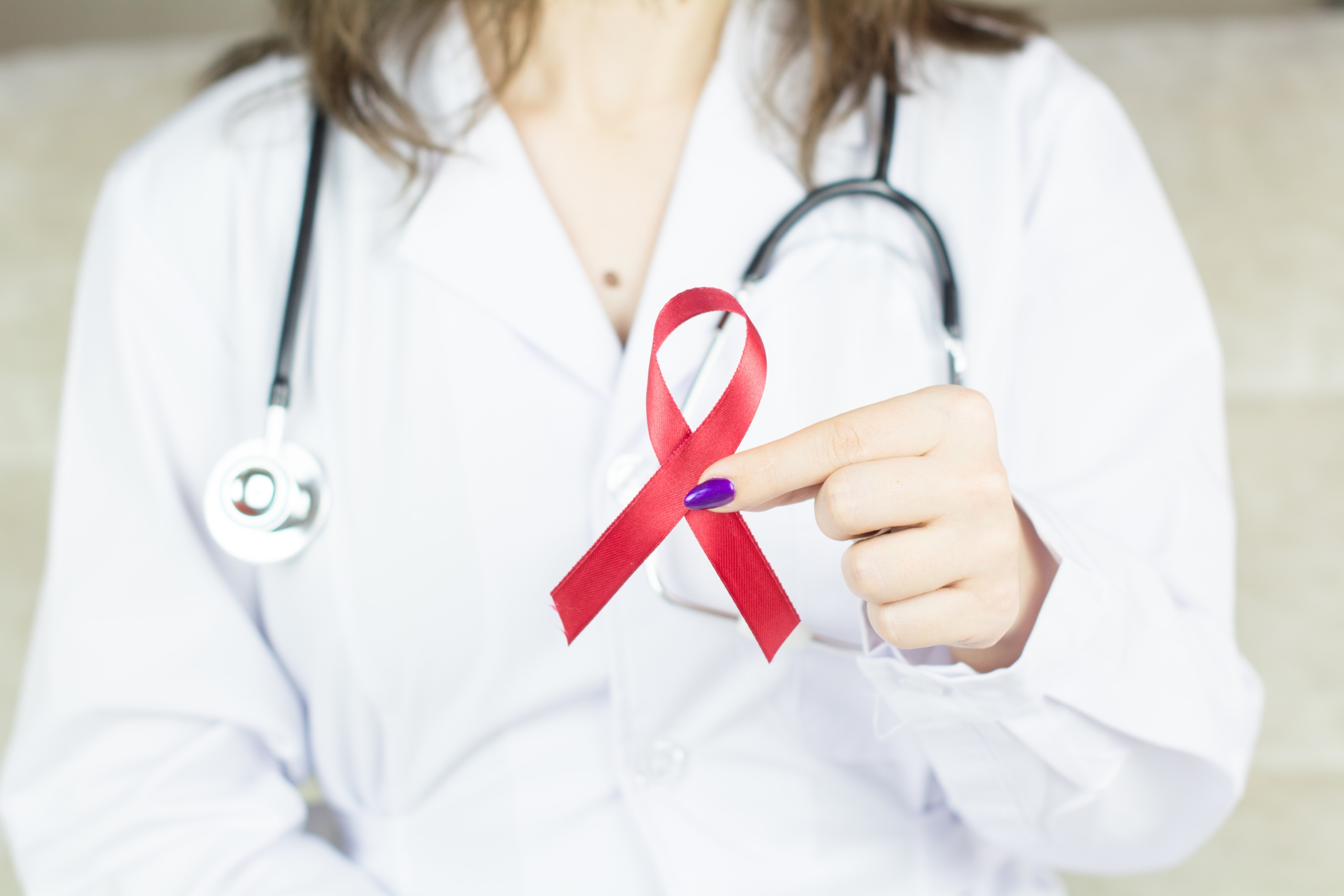HIV/AIDS in Brazil: Progress, Initiatives, Results
 Since the 1980s, HIV/AIDS in Brazil has been a concern for some of the Latin American nation’s most vulnerable citizens. HIV/AIDS remains a significant global health challenge, with Brazil being one of the most affected countries. Considering this, Brazil continues to make significant progress in its fight against this ongoing health issue, and the nation has seen its rate of infection and death due to HIV/AIDS decline in recent years. With a population of over 200 million, Brazil’s response to HIV/AIDS is driven by a combination of comprehensive healthcare initiatives, social awareness campaigns and innovative strategies.
Since the 1980s, HIV/AIDS in Brazil has been a concern for some of the Latin American nation’s most vulnerable citizens. HIV/AIDS remains a significant global health challenge, with Brazil being one of the most affected countries. Considering this, Brazil continues to make significant progress in its fight against this ongoing health issue, and the nation has seen its rate of infection and death due to HIV/AIDS decline in recent years. With a population of over 200 million, Brazil’s response to HIV/AIDS is driven by a combination of comprehensive healthcare initiatives, social awareness campaigns and innovative strategies.
Prevalence of HIV/AIDS in Brazil
The Centers for Disease Control defines HIV, or human immunodeficiency virus, as a virus that affects the body’s immune system for the duration of one’s life. Furthermore, improper treatment or management of HIV can lead to AIDS, or acquired immunodeficiency syndrome, which can be fatal. In other words, it is not possible to contract AIDS without having HIV first. According to UNAIDS, the prevalence of HIV/AIDS in Brazil has been steadily declining since 2010.
As of 2021, UNAIDS data shows that an estimated 960,000 children and adults in Brazil live with HIV, with a further 50,000 new diagnoses in children and adults in Brazil in 2018. Furthermore, an estimated 13,000 Brazilian children and adults died from HIV-related causes.
HIV/AIDS is more prevalent in specific populations, including LGBTQ people and sex workers. UNAIDS also provides data on prevalence rates in specific populations. According to the organization’s data, as of 2018, “Transgender people are estimated to have an HIV prevalence rate of 30%; 18.3% for gay men and other men who have sex with men; 5.9% for people who inject drugs; and 4.5% for prisoners.”
Access to Care and Treatment
Brazil has put multiple prevention and treatment programs into practice since its initial HIV/AIDS outbreak. Since 1996, the Brazilian Ministry of Health has provided free access to antiretroviral therapy (ART) for any HIV patient living in Brazil. According to the National Institute of Health, since the 1980s, when Brazil’s HIV/AIDS outbreak emerged, there have been campaigns and initiatives surrounding HIV/AIDS prevention and treatment. These include free, nationwide condom distribution, HIV testing, sexual education in schools and prevention campaigns targeted toward communities that are highly vulnerable to HIV, such as sex workers.
Results and Progress Made
While the country is still working to combat this ongoing health concern, Brazil’s comprehensive efforts and initiatives to reduce its HIV/AIDS prevalence rate have been successful. While infection rates are increasing, mortality rates are decreasing. According to UNAIDS data, the prevalence rate of HIV/AIDS in Brazil was at its highest in the 1990s and has steadily decreased since 2000.
The prevalence rate of AIDS has shown a significant decline over the years. In 2000, it was approximately 12%, whereas, in 2022, it dropped to approximately 5%. Moreover, mortality rates related to AIDS have also seen a decline. In 1996, the peak number of AIDS-related deaths reached around 26,000 patients, but by 2021, that number had decreased by 50%, with an estimated 13,000 patients succumbing to AIDS.
Looking Ahead
HIV/AIDS patients in Brazil have access to readily available assistance, relief and education. Successful initiatives by government officials and health professionals have played a crucial role in combating HIV/AIDS in the Latin American nation, leading to a decline in its prevalence. Although there is still work to be done, the efforts put forth have made a significant impact in addressing the issue.
– Nicholas DeLuca
Photo: Unsplash
